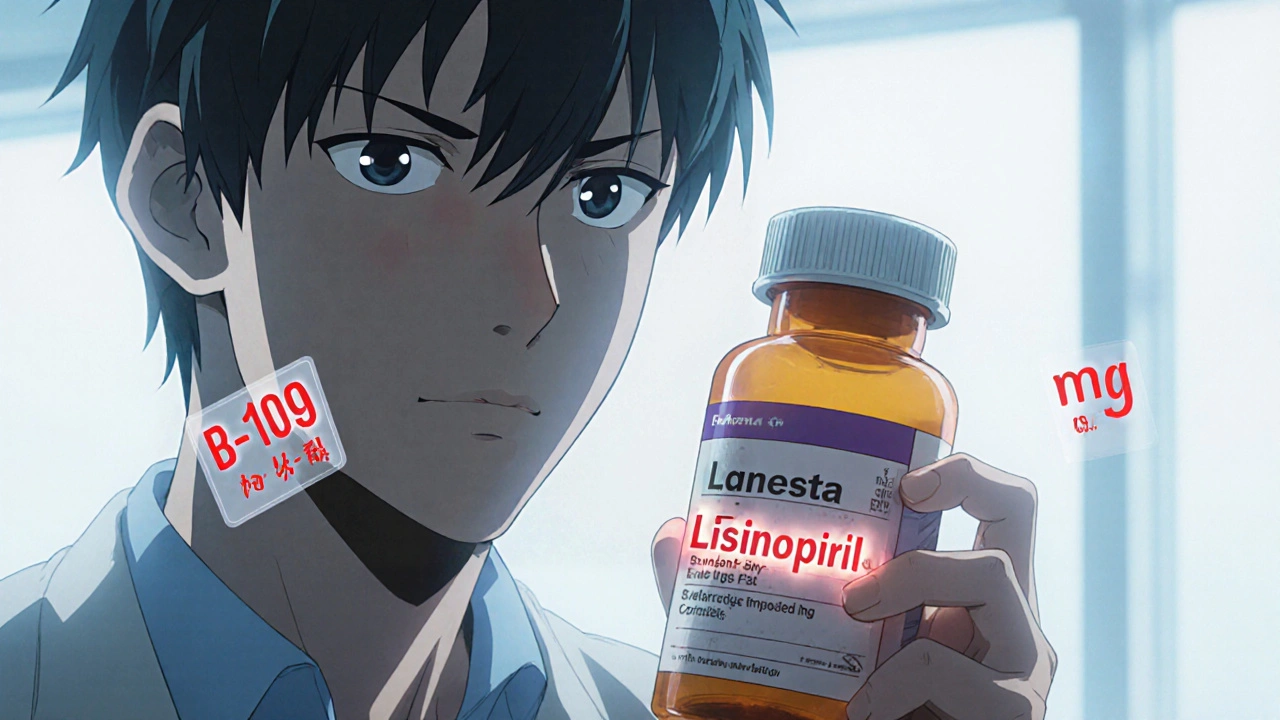How to Check Medication Names, Strengths, and Dosage Forms Safely
Learn how to safely check medication names, strengths, and dosage forms to prevent dangerous errors. Simple steps can stop 1.5 million preventable drug incidents each year.
Read moreWhen you take medicine, you’re trusting that it will help—not hurt. But medication errors, mistakes in prescribing, dispensing, or taking drugs that can lead to serious harm. Also known as drug mistakes, they happen more often than you think—even with prescriptions from trusted doctors. A simple mix of antibiotics and blood thinners can turn a routine treatment into a life-threatening event. That’s why knowing how to prevent medication errors isn’t just smart—it’s essential.
You don’t need to be a doctor to catch dangerous combinations. Many errors come from overlooked drug interactions, when two or more medicines react in harmful ways inside your body. For example, antifungals like ketoconazole can spike statin levels until your muscles start breaking down. Or warfarin, a common blood thinner, can become deadly when paired with certain antibiotics. These aren’t rare cases—they’re documented risks that show up again and again in patient records. The good news? You can spot them if you know what to look for.
One of the most powerful tools you have is pharmacy counseling, a direct conversation with a licensed pharmacist about your meds. Pharmacists aren’t just the people who hand out pills—they’re trained to catch what doctors miss. Ask them: "Could this interact with anything else I’m taking?" or "Is there a safer generic option?" Online counseling makes this easy, even if you’re not near a pharmacy. And don’t ignore FDA boxed warnings, the strongest safety alerts on prescription labels. If a drug has one, it’s not a suggestion—it’s a red flag you need to understand before taking it.
It’s not just about what’s in the bottle. Your own habits matter too. Writing down every pill you take, including vitamins and over-the-counter drugs, cuts down on mistakes. Setting phone reminders helps you stick to the right dose and timing. And if you’re on multiple meds, keep a printed list to show every new provider—even the dentist. These small steps add up. They turn you from a passive receiver of prescriptions into an active partner in your own safety.
Real-world examples show how this works. Someone with a penicillin allergy might be wrongly labeled for life, when testing could prove they’re fine. Someone on alendronate for osteoporosis might skip calcium and vitamin D, making the drug useless. Or a person using nicotine gum might not realize it’s not the best option for their cravings. These aren’t hypotheticals—they’re stories from real patients who got lucky, or worse, got hurt. The posts below give you the exact details you need to avoid those mistakes. From how to read a black box warning to which antibiotics clash with warfarin, you’ll find clear, no-fluff advice that’s been tested by real cases. You’re not just reading—you’re building a shield against preventable harm.

Learn how to safely check medication names, strengths, and dosage forms to prevent dangerous errors. Simple steps can stop 1.5 million preventable drug incidents each year.
Read more